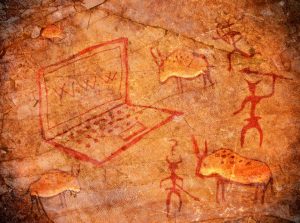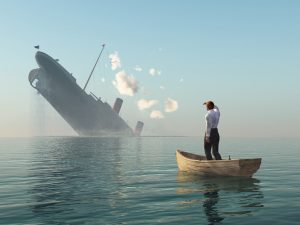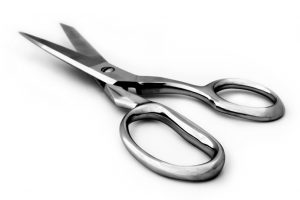
If you have got boxes and boxes of old slides that you would like to preserve or share with others, it is actually possible to convert them into digital files, allowing you to then easily print them or share them with others in digital format.
This article doesn’t go into specific detail on how to do this process but we will endeavour to educate you as to the options available to do this. The process of converting slides or 35mm film to digital is time consuming and may require a small investment in some equipment. For best results, use a soft brush or air puffer to remove any specs of dust on the slide or film.

There are special compact scanners built specifically for this purpose. Such devices have special trays to hold many different types of film and slides and they save the images to an SD memory card just like digital cameras use. One such scanner is the QPIX film and slide scanner which costs around USD150.00 and is very easy to use.

Some flatbed scanners come with a special setting for scanning films. While this method usually takes longer to scan, you are investing in something that can also be used to scan other items, making the cost easier to justify. Such a scanner that has this capacity is the Canon Canoscan 9000F MK II All-in-One Scanner at a cost of around USD240.00

For a cheaper option, if you have a digital DSLR camera, or can borrow one from someone, you can purchase a device that can be attached to your camera which holds the film or slides, allowing you to actually take a digital picture of your slide. This device is called a Digital Slide Duplicator and costs around USD65.00.

The advantage of a flatbed scanner or a film scanner is that the images will need very little correction once they are scanned, other than maybe cropping them down to size. If you use a DSLR camera to photograph negatives, they will need to be converted to positives using software such as Photoshop or the free program http://www.irfanview.com/







